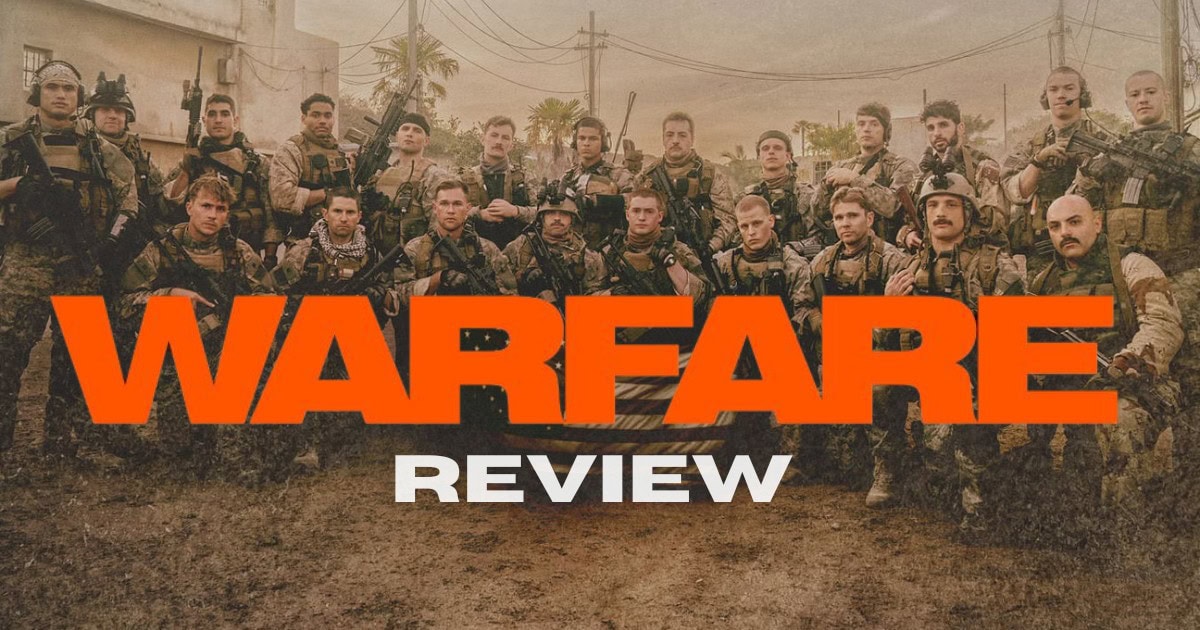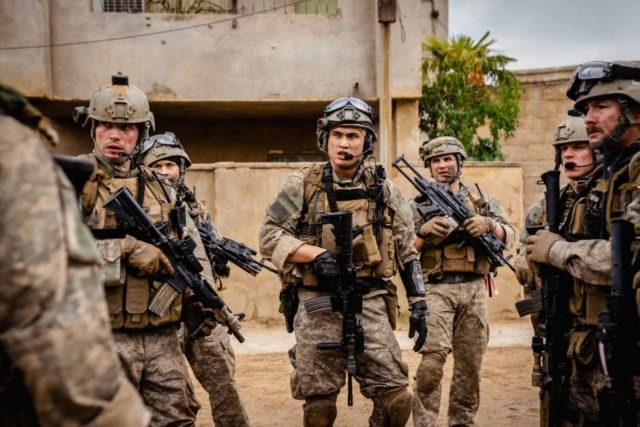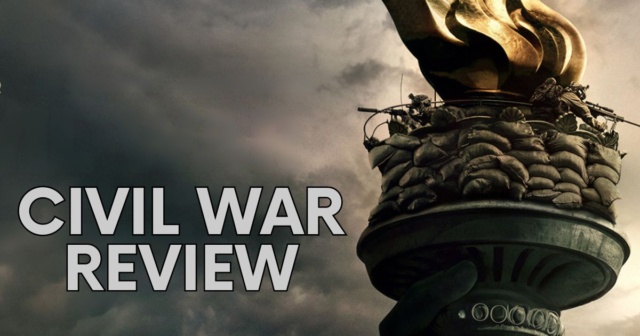‘Warfare’ is a Nightmarishly Immersive War Movie That Transcends

Warfare is not a traditional military film. For most of the movies in the genre, jingoism echoes at the forefront, almost as if they aim to serve as recruitment videos more than pieces of art. Xenophobia is usually a tool to create a villain for the American heroes of the film. For example, American Sniper manufactured a Muslim threat for Bradley Cooper‘s portrayal of Navy SEAL Chris Kyle.
At first, Warfare raises concerns that it will follow this traditional route. We watch as a handful of Navy SEAL soldiers perform their duty with intellect and skill. The team jokes, strategizes, and maps out every military decision from the inside of a family’s home in Iraq. The whole thing feels like a Call of Duty video game. And when you begin to get uncomfortable in this familiar exercise, the glorification fades as filmmakers Alex Garland and Ray Mendoza turn it into a full-blown, claustrophobic horror film.
What is Warfare about?
Alex Garland and Ray Mendoza direct the film, which is based on a traumatic battle Mendoza and his platoon experienced during the Iraq war. Warfare was conceived during the making of Garland’s political thriller, Civil War. The film has a stacked ensemble cast, including Will Poulter as Erik, Joseph Quinn as Sam, Cosmo Jarvis as Elliott, Michael Gandolfini as Lt. Macdonald, and many more.
The film mainly takes place in one location, where the team of Navy SEALs set up base inside the home of an Iraqi family. It’s not attempting to tell a complete story per se, but instead, immerse the viewer in the reality of modern warfare. It’s a single moment in time, told from the memories of the survivors, recounted in around 90 minutes. There are no good guys, and there are no bad guys. It is simply unapologetic, relentless war and the consequences of being trapped inside it by everyone involved.
Alex Garland and Ray Mendoza have crafted a military horror film
The film begins on a very upbeat note, akin to Get Out, I Know What You Did Last Summer, or similar to the small indie horror film The Outwaters. The method is not incorporated in every horror project, but some of the best in the genre begin with an overwhelming sense of safety and peace. The type of introduction that gives the audience a false sense of security before the hellish nightmare overtakes the characters.
Warfare utilizes this horror mechanic to tremendous effect. We are introduced to the platoon at their highest moment, where they are laughing and enjoying themselves. The music is thumping, the smiles are overwhelming, and it gives the impression that the platoon has never been happier together than they were in this brief window of time. Like any great horror film, there is something dreadful about their joy. We can feel the impending terror, even if they are unaware of the threat.
The film then abruptly cuts to the mission, where the men take refuge inside an Iraqi family’s home. At this checkpoint, the film slowly descends into a waking hell for everyone involved. The platoon slowly becomes discovered, and the townspeople begin defending their territory by closing in on the platoon using guns and nightmarish explosives.
Another element used is body horror. The real-life story involves some horrendous injuries sustained by a few. It’s common to depict the grotesqueness of battle violence in war movies, such as the Omaha Beach fight in Saving Private Ryan. However, Warfare lingers on the body horror of getting injured in battle more than most. There are scenes where we sit and gestate in the injuries for long, extended periods, and to make it worse, the performances involve some of the worst (best?) bone-chilling screams from the inflicted pain. Honestly, as a film critic, my tolerance is high when it comes to violence in movies, but there are moments where leaving the theater to gather myself was almost needed.

Warfare is of the most technically immersive war films in years
The technical side of Warfare is masterful. The sound design is remarkably immersive, with every bullet feeling thick and crisp in the audio. The film features one of the most terrifying scenes involving an IED. It’s a testament to the sound design and production design. The audio feels loud and muted within this scenario, and the environment inside the detonated area feels otherworldly. Leave it to the director of Annihilation to make an environment scorched by explosives feel alien.
Warfare sees cinematographer David J. Thompson take a massive career jump into the limelight. Thompson‘s previous experience primarily took advantage of his skills in the camera and electrical departments. With Warfare, Thompson canvases a claustrophobic composition as if he has been headlining as a cinematographer for years. The camerawork never feels overly tight or chaotic. The visual framing builds character and informs the battle.
Alex Garland and Ray Mendoza made a war movie that transcends
Warfare shares a similar intense dynamic found in Darren Aronofsky‘s Requiem for a Dream. Aronofsky‘s haunting exploration of substance addiction served as a cautionary tale, showcasing the worst possible outcomes of long-term chemical abuse. Similarly, Warfare takes on the mission of depicting the brutal consequences of wartime violence. Mendoza and Garland strive to exemplify the violence as unsettling as possible. Akin to a surgeon general’s warning on a cigarette package, their goal is to distance anyone from even considering enlisting in battle. The film reveals the lasting damage to the average person when placed in a playground meant for unimaginable bloodshed.
Additionally, Warfare dives into the mental health impact of witnessing the traumatic experiences of war. While other war films have also tried to convey the horrors of battle, few succeed in immersing viewers as profoundly as Warfare, except perhaps Saving Private Ryan. The film captures the intense emotions of being present when a mission takes a disastrous turn, powerfully illustrating its themes. Truly, it stands out as one of the best films that effectively conveys character and story through realistic action.
Warfare stands out as one of the first great movies of the year. The film transcends the traditional war genre, venturing into horror territory with its deeply unsettling realism. And it is certainly not for the squeamish. Warfare is chilling, nightmarishly immersive, and when factoring in the intensity of it all, it’s difficult to surmise how anything is going to top the film for the rest of the year. And depending on how the rest of the year unfolds, it might be an early top-ten contender.
Are you excited to see Alex Garland’s Warfare in theaters next month? Let us know on social media @mycosmiccircus! And don’t forget to check out John’s video review of Warfare below or on our YouTube channel!
Review: Alex Garland’s Civil War is an Empty Political Dystopia



